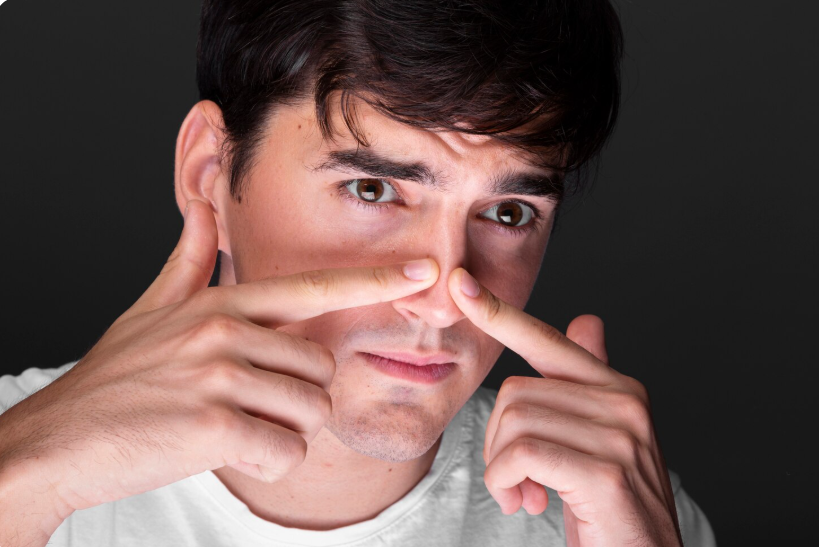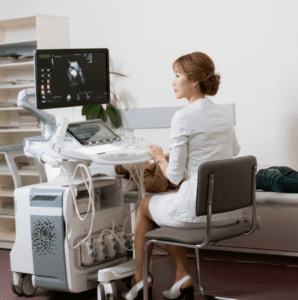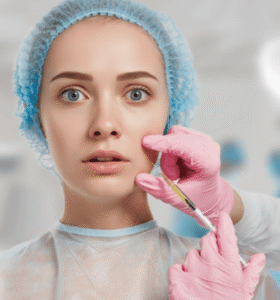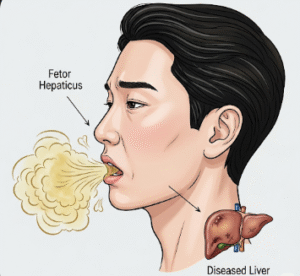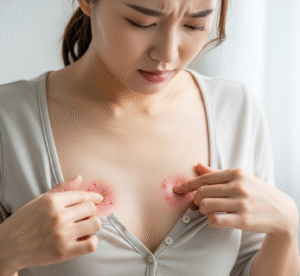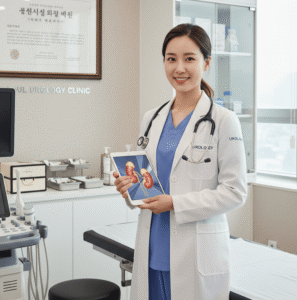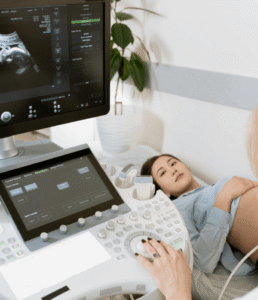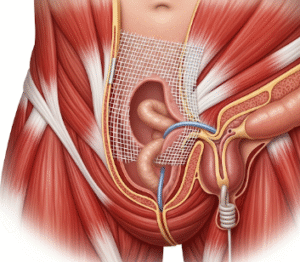Overview
A furuncle, commonly known as a boil, is a painful, pus-filled skin infection that typically occurs around a hair follicle. In Korea, furuncles are frequently seen due to humidity, sweat, and bacterial exposure, especially in active adults and adolescents. While most boils are mild, recurrent or large boils may require medical intervention.
What is a Furuncle?
A furuncle is a deep bacterial infection, usually caused by Staphylococcus aureus, affecting the hair follicle and surrounding skin. Multiple furuncles can cluster together to form a carbuncle, which is more severe and may involve deeper tissues.
Furuncles can occur in any age group, but people with diabetes, compromised immunity, or poor hygiene are at higher risk.
Symptoms
- Red, swollen, and tender bump on the skin
- Pain or throbbing sensation at the site
- Pus or fluid discharge from the boil
- Fever in more severe or multiple boils
- Swelling of nearby lymph nodes
- Recurrent boils in the same area
Causes
- Bacterial infection by Staphylococcus aureus
- Ingrown hair or minor skin trauma
- Blocked sweat glands or hair follicles
- Weakened immune system
Risk Factors
- Diabetes mellitus or other chronic diseases
- Immune suppression due to medications or illness
- Poor personal hygiene
- Close contact with infected individuals
- Excessive sweating or friction on the skin
Complications
- Spread of infection to deeper tissues (cellulitis)
- Formation of abscesses
- Sepsis in severe, untreated cases
- Scarring or permanent skin changes
- Recurrent infections in chronic carriers
Prevention
- Maintain good hygiene, especially in sweat-prone areas
- Avoid sharing personal items like towels or razors
- Proper wound care for cuts and abrasions
- Treat chronic conditions like diabetes to reduce risk
- Disinfect surfaces in communal areas
Treatment Options in Korea
Diagnosis
- Physical examination of the lesion
- Culture of pus for bacterial identification in recurrent or severe cases
- Blood tests if systemic infection is suspected
Medical Treatments
- Warm compresses to promote natural drainage
- Antibiotics (topical or oral) for bacterial infections
- Pain management using analgesics
- Drainage by a doctor if the boil is large or unresponsive
Supportive Care & Follow-Up
- Wound cleaning and dressing
- Monitoring for signs of spreading infection
- Education on hygiene and preventive measures

